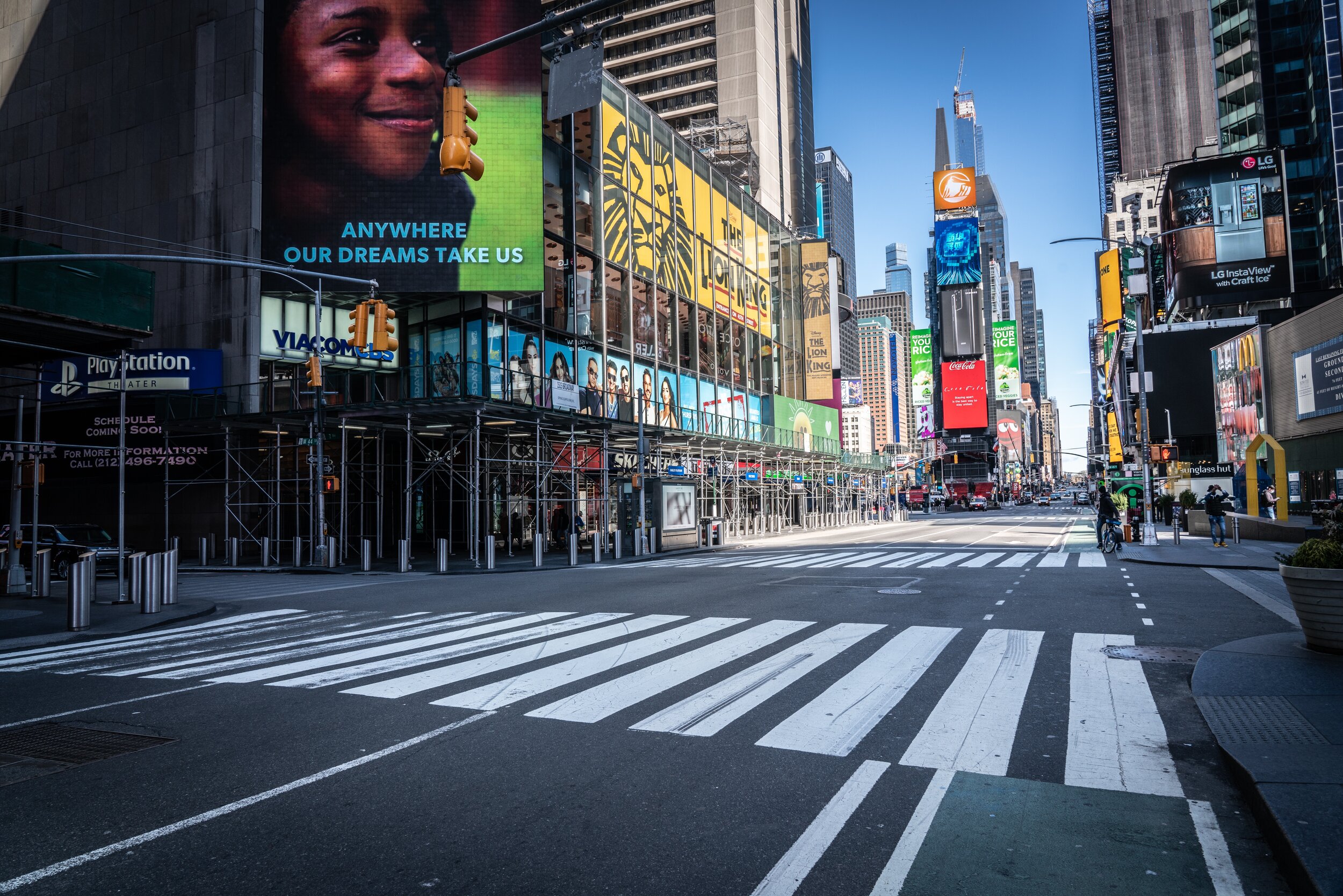Be Brave, New World
Automotive designer, Felix Kilbertus, on how the ‘lost year’ might have changed car design.
Plenty of space for new ideas (image © shutterstock)
2020 was a watershed year, announcing an end to business as usual in many ways. It has been said repeatedly that the pandemic acts like an accelerator, and collectively experiencing a new reality on such a global scale will continue to prove instructive. Indeed, one positive realisation from today’s challenges is that things can in fact be done differently.
In automotive design, 2020 taught us to work in new ways. Initially because we had to, and quickly so. People who had already been working together well became more closely knit teams. With effective tech – as we have now experienced – this is a great way to work. In the long term, however, it is not entirely clear yet how the creative spirit of a design studio can be maintained throughout longer periods of remote collaboration. In this context, certain aspects need to be addressed: How will we connect personally, as well as creatively – and really become a committed team fighting for shared visions and goals – without those chance encounters, the side remarks, those looks over a shoulder? A team – and its spirit – also needs shared physical space to exchange, discuss and discover. Personally, amongst the things I missed was attending a good car event – not that there were many left by early 2020, unfortunately.
Retrospectively, the year 2020 might turn out be a resilience training-of-sorts, in that it prepared us for the great changes in the mobility business and beyond. Maybe this marks the moment when the 21st century has finally started to unfold in earnest. For a number of years now, the very meaning of the car - the value society puts on the automobile - has been shifting, an uncertainty of purpose reflected in the shapes of cars. For the initial, instinctive reaction to uncertainty tends to be to seek security in the comfort of the familiar. However, clinging to established principles, while technology or legislation requires immediate change, sometimes results in grotesque results.
The dominant paradigm, anno 1897 (image © Daimler AG)
Current automotive design language seems still predominantly preoccupied with emotive escapism into the 20th century. I imagine the fascination with the past century is familiar to fashion designers or filmmakers too, whose métiers have been established at similar times in history. Regardless of whether we call it remixing, upcycling or revisiting, paying homage or celebrating legacy - it is also an implicit declaration of capitulation. Regardless of whether in serialised, syndicated or hyperbranded form - our world has become flattened by the devices we consume it with.
I believe that the ideas behind some of the greatest shapes or inventions can be hugely inspirational. And that we must learn from history – but in order not to repeat it, above all else. For to stop looking forward means ignoring the opportunity to write one’s own story. For creative designers, as for anyone in research and development, it is therefore essential to look beyond what has already been or risk becoming impersonators of a life that is no longer ours.
Today, very few people will point to the car as a source of optimism, a symbol for positive change – yet ironically, the biggest personal fortune in history has just been created in early 2021, ostensibly on the back of a switch in automotive powertrain technology. This might yet prove to be an irrational exuberance, but such enthusiasm for the unproven is exactly what was missing from the picture for so long.
The stone ages didn’t end because people ran out of stones, but because we discovered better materials and harnessed new technologies. Only the emergence of something significantly more useful, massively better or simply a lot more desirable has the power to change paradigms.
This is what we are seeing now, in the first generation of electric and autonomous cars. Useful and promising, but still a bit like the first horseless carriages, still bound by the limits of the dominant paradigm. Are we there yet in terms of effortlessness, fun or efficiency? Of course not. So where will we go from here?
If we are smart, somewhere new.
If we are brave, we’ll get there faster.
When we look back in a few years, I hope we’ll do so smug with hindsight, smiling at all the naïveté and anxiety surrounding the emergence of the new – which may have begun in that complicated, infuriating, numbing, watershed year 2020.




